 1 / 33
1 / 33

 1 / 33
1 / 33

Şerif Antepli is one of the first names that come to mind when we talk about collecting in Turkey. As a very important figure with immense contributions to the culture of collecting in Turkey with his publishing activities in addition to his exhibition projects and events, he took his childhood passion and turned it into a lifetime endeavor. We had a rich conversation with him about collecting and his latest projects.
How did you become interested in collecting?
In my generation, collecting generally began with people collecting stamps. I mean in 1940s and 50s a culture of stamp collecting was present nearly in every family. Frankly, if you ask whether it was professional, it was not. One may say that many people had a curiosity in stamps but lacking awareness and it was one of the rising trends of that time. My father had two small stamp books as well. When I was around 7-8 years old he occasionally asked me to sit next to him, showing me the stamps in those tiny albums and telling me whom or what they represented.
As I first encountered those stamps in my father’s albums and loved them, I naturally began to buy stamps with the savings I made from my pocket money. Obviously, today I have thousands of stamps but if you asked me which ones were the most valuable to me, I would show you those very first ones that I had bought with my pocket money. Perhaps their current market value would be around five Turkish liras but I had a great enthusiasm for them.
In other words, in those days my father planted such a deep passion in me, knowingly or unknowingly. As there was such an interest in stamps in many families during those years, we used to exchange with my friends those items we had in surplus. We also acquired stamps through our international pen pals. I used to send them Turkish stamps and they used to send me stamps from their own countries. But of course, what was taking place back then could only be defined as an ambition, an accumulation; it is impossible to refer to it as collecting. In time, my curiosity fluctuated in accordance with life’s occupations and business priorities. But if we evaluate the last three decades, I can say I am as passionate about cinema as I am about stamps. So, while I collected Turkish Republic stamps with release dates starting from 1922, I also began to collect stamps with themes from cinema. Unfortunately, there are seldom any such stamps in Turkey.
Can you inform us about your collection’s content? What are the dominant themes and subjects matters?
I’m curious about philately. I have a general collection of Turkish Republic and Turkish Republic of Northern Cyprus stamps in addition to the themes of cinema and communication. As I am a communication professional, I also collect stamps around that theme. Of course this is a considerably extended subject, ranging from newspapers to books, from radio to television.
I have many stamps; I can express their number in thousands. And all of them are equally important to me.
“Not everyone can become a collector by claiming they are one. I mean to collect something and to be a collector are two different things”.
How did you build your collection? How about the acquisition and conservation processes?
For Turkish stamps, PTT (Turkish Postal Service) sends you the new releases if you are a subscriber, or you may directly go and buy them. In our country, the majority of the stamp shops have closed down; there are very few of them left. You may also make Internet purchases. Finally, auctions provide another acquisition channel.
What does “Collecting Spirit” mean to you?
Not everyone can become a collector by claiming they are one. I mean to collect something and to be a collector are two different things. For instance, many who attend our exhibitions and panel discussions become interested and begin to collect things. Coffee cups could be a good example; they collect many of them if they have the budget but they never conduct research and dive deeper into the subject. They only buy 30-40 of them that they find visually appealing. Then they get bored and give up.
So if we think of collecting first and foremost as a trend, a path, we shall have curiosity first. You should absolutely have either a genetic, deep curiosity or a cultural background.
“Not every sum is a collection. First you need curiosity, the second step is to start collecting, and as you collect, you will become aware of what you are collecting and you will study every collected item.”
What are the crucial points in stamp collecting?
Philately has two types: traditional and thematic. For example, Turkish Republic is a tradition, while cinema is a theme.
This is something I always say: Every stamp is an encyclopedia entry. What do you see in it when you look at it? If it is a portrait, whose portrait is it? What did he or she do? His or her presence on the stamp is never for no reason; so you have to read the stamp. This is the stamp’s nature; you shall research everything you see in it. The individual shall first establish what he or she is curious about and then become involved in collecting. Unfortunately, the literature on this subject is very limited in Turkish.
Technically speaking, stamps do not occupy too much space as they are small-scaled and two-dimensional. They should be preserved in albums, in metal bookshelves with covers, since wood might become a host for worms. Albums should be placed vertically and the pages should be opened and ventilated at least twice a year to avoid their turning yellow.
Regarding children, we recommend the families to take a certain year as a starting point. For instance, someone born in 2000 may collect those stamps released today, going backwards in time until 2000. If he or she has a subject of interest like architecture or nature, for example, he or she may also embrace a thematic collecting approach. The crucial point is not to give up.
What would you like to say about philately in Turkey?
Philately had its heyday in Turkey in 1950s, and stamps were printed in so many copies that we currently refer to them as inflation stamps. As a gold rush everyone bought many of them in series but unfortunately they are currently sold at very low prices. Clearly, the postal administration’s attitude is also important; in the last 6-7 years, PTT began to show more interest in philately. They organize exhibitions and motivate the philatelists.
As part of the Postal Administration emission program, they announce months in advance which stamps they will be releasing within the year. So the program shall be pre-decided. Various philately associations emerged in various parts of Turkey, from which a philately federation was also born. The federation works in synergy with PTT and each year they co-organize a national exhibition in certain Turkish cities. These exhibitions have well-defined standards and participation criteria and they are encouraging. The awarded medals are a source of honor for their receivers.
Yet we are not talking about a big community. Unfortunately, although we are engaged in promotion activities, young generations are a bit indifferent since they have so many other alternatives.
The exhibitions and important projects you have realized so far?
As the year 1995 marked the centennial of cinema, many countries began to release stamps referring to their national cinema. During those days I organized the first individual stamp collection exhibition in Turkey with my cinema-themed stamps at Yapı Kredi’s gallery in Galatasaray, titled “Cinema’s Centennial” as a tribute. A catalog was also published and the project was met with great enthusiasm.
It was a time during which the notion of cinema stamps was not that developed in the world and the celebrities visiting the exhibition were often surprised, telling me things like “who in the world would print a stamp for cinema”. At the end of the day, my collecting endeavor emerged as a combination of cinema and stamps, and I have been doing it for many years now. Of course I collect with great passion; I mean collecting does not take place without love, it is a passion.
I very often go abroad for various reasons. This allowed me to collect various materials in time. The Internet became increasingly helpful. In 2010, I decided to do another cinema exhibition. From 1995 to 2010 the collection had evolved and grown substantially.
In this project I also used materials including cinema posters, brochures and postcards. I thought if it only featured stamps it could remain too simple and reach a smaller group of people, alienating audiences. In fac,t with this extra material I was able to do two exhibitions next to each other, namely “The 110th Year of Cinema” and “The Magic of Cinema”. I also made a book about it.
In 2011 I did another solo exhibition at the Taksim Republic Art Gallery, the old Maksemi. It was an outstanding and very demanding project, with 1100 stamps and envelopes presented on A4-size pages. Actually this was a record but I was too late in my application for the Guinness book of records.
In 2015 I organized the exhibition “Cinema; a Story of 120 Years” at Cemal Reşit Rey Concert Hall. I prepared an extensive book for Kültür A. Ş. about this exhibition and my cinema collection.
My latest project was the “Greta Garbo” exhibition at Pera Palace in 2016. I have a collection dedicated to her. I am opening the exhibition “The Divas of Cinema”, again at Pera Palace, as part of the March 8th Women’s Day. The exhibition will be on public view from March 9 to March 13. It features a great variety of materials including stamps, magazines, books, ads, brochures, posters and postcards.
“It is not a seasonal endeavor; it covers an entire life span and has no end. Every collection is an organism living alongside you”.
You are also well known with your publications on collecting. I am curious to know more about it.
While I kept going with this passion in cinema I noticed that something was missing. In 2000, I asked myself, if I am a publisher and I love collecting so much, why don’t I publish a magazine on collecting? For I was already in the business and had the proper connections; I also asked our friends for support. In short, that magazine is a big puzzle, i.e. it reflects a culture not confined to specific categories where everyone can become a collector. Unfortunately, it can only be published every three months. Every magazine financially relies on advertising, and although we initially thought it would be sustainable, the 2000 crisis destroyed the economy and the project remained without support. But I decided to continue anyway. Thanks to my idealism, I published it for many years with financial loss; can you believe it?
One day in 2002 I summoned in my office my friends who wrote for the magazine and I said, “Now we publish this magazine but let us undertake a mission and try to introduce collecting to the wider public”. We wanted to try to promote the culture of collecting via exhibitions, conferences, symposia and panels under the name of Collection Club, in a fan club format. And we immediately decided to found the Collection Club. Among approximately 100 members, İzzet Günay, Ediz Hun and Cem Mahruki are among the first that come to mind as founding members. We began to swiftly prepare an exhibition for 2003. The exhibition “You Are Invited to the Past, Sir” taking place at Beyoğlu Art Gallery featured a great variety of materials from everyone’s individual collections. Although the members had large collections that could easily fill that space, we preferred to organize a group show with items coming from approximately 30 members, selecting only 5-6 samples from a coffee cup collection, for instance. It received a lot of media coverage including television and it hosted thousands of visitors. Collecting was not well known in those days yet as it is today and we also mentored many people who came to us with enthusiasm saying they collected things. We did 22 such completely free entrance group exhibitions with our own finances. We had panels and symposia for the development of the collecting culture. We organize school conferences. We have members who organize their individual exhibitions or who even have their own museums.
What would be your recommendations for stamp collectors and those who are interested in becoming a stamp collector?
Not every sum is a collection. First you need curiosity, the second step is to start collecting, and as you collect, you will become aware of what you are collecting and you will study every collected item, its material, its history and artistic features. In other words, you will categorize your collected items under certain criteria: is the cup made of glass or porcelain, where and where was it made, what are its aesthetic qualities, etc. After a while you will reach a collector’s status with the knowledge you have accumulated through these studies. It is not a seasonal endeavor; it covers an entire life span and has no end. Every collection is an organism living alongside you. And of course it becomes your lifestyle.
Established collectors should share their collections and experiences. I have thousands of stamps at home which I occasionally look at and feel satisfied with. I used to share them with my family and friends but it wasn’t enough. It was necessary to exhibit and publish them, and I did… If you show your collection to as many people as possible in any kind of environment and reach and impress one person out of a hundred, that is a success.
How does collecting contribute to your life?
Collecting first enriches the individual, his family and circle of friends, and then the society and humanity at large, contributing to their development. But I’m very sorry to inform you that we are the country with the lowest number of collections in Europe. Of course there is also the fact that collectors are social people. Eighty members of the club we founded with 6-7 people gather once every month at a venue and dine together. A guest speaker shares his or her experience in collecting. Despite the challenges of daily life, people motivated by the urge to share some things come even from the remotest areas of Istanbul. Since nearly everyone collects something different, there is no jealousy either. During our last gathering, a friend of mine who knew I collected Garbo brought me a Garbo stamp and asked if I had it. I said yes, so he kept it.
Collecting also has an aspect of social responsibility. The magazine’s motto is “The Magazine of Those Who Carry the Past’s Values into the Future”, so it contains the very spirit of collecting described above. For instance once we buy an ephemera, a piece of paper, we prevent it from going to Seka and disappear. By conserving and preserving, we allow it to go to another place, a researcher, another collection or museum. So we contribute to culture by leaving a material product, a legacy to the society. Many saturated collections can even be donated to museums. If you have the means you may even found a museum.
Until today I made 6-7 books including the book “Istanbul’s 100 Collectors”; at least those remain by ending up in libraries and reach the future.
“If you show your collection to as many people as possible in any kind of environment and reach and impress one person out of a hundred, that is a success”.
This interview is conducted by Ali Gazi on behalf of Art50.net for TEB Private.



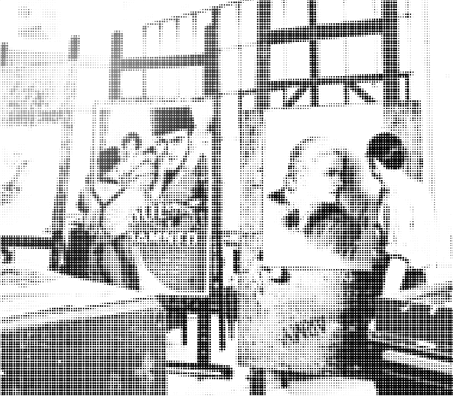



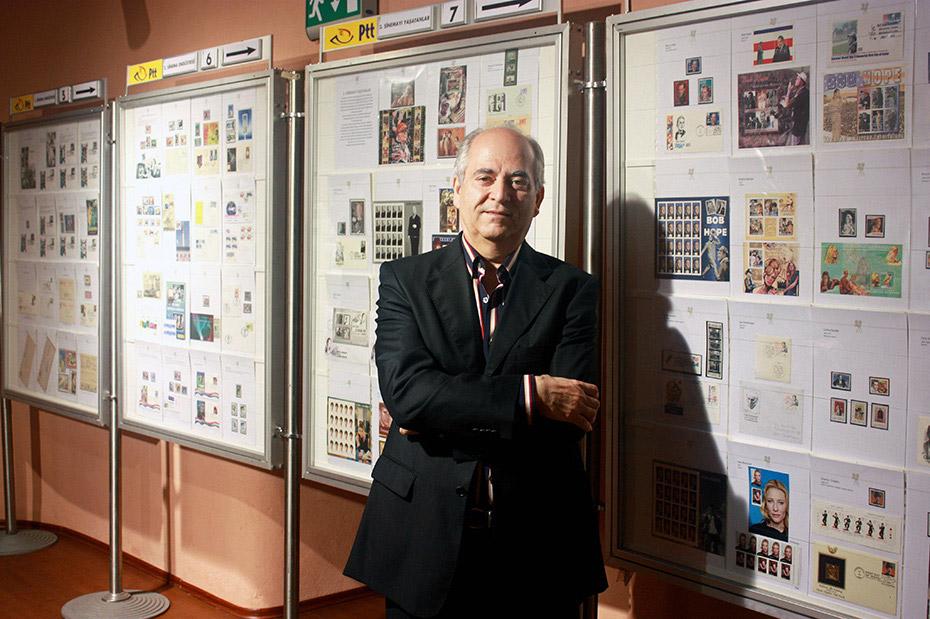
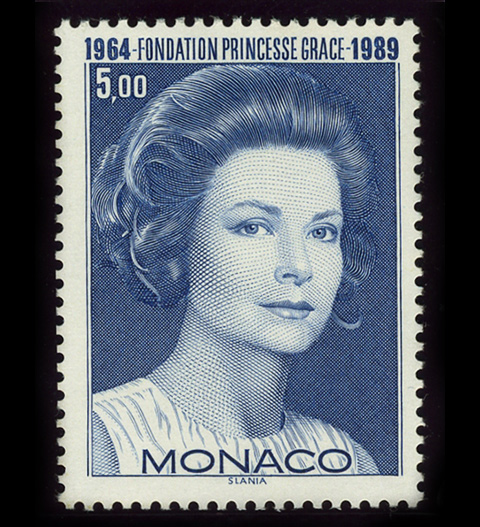
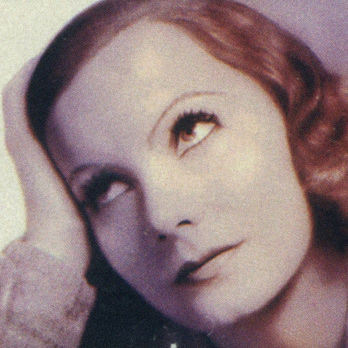

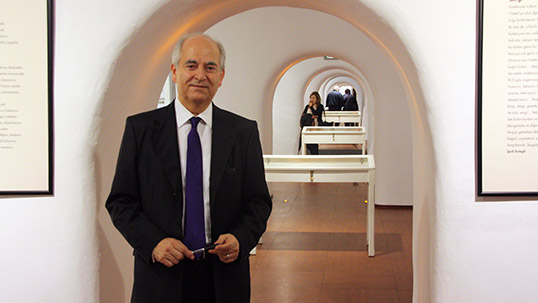
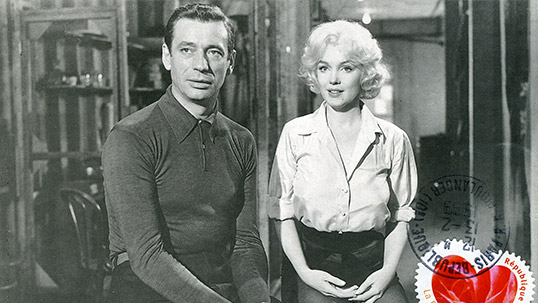
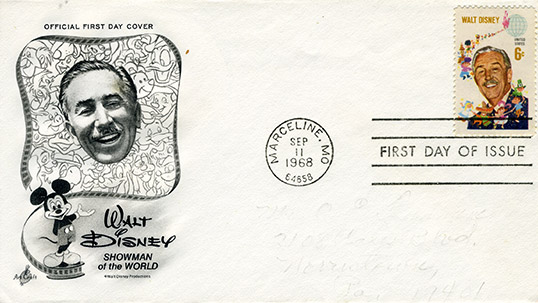
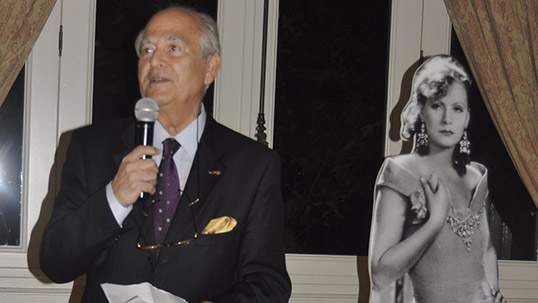
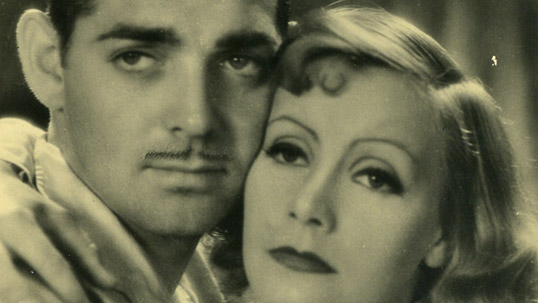
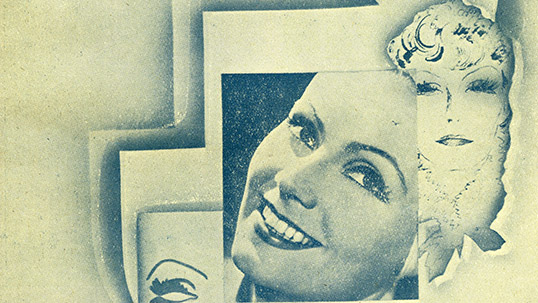
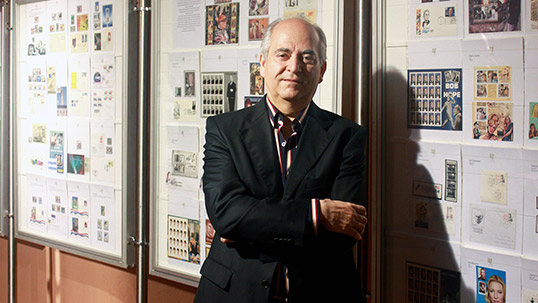
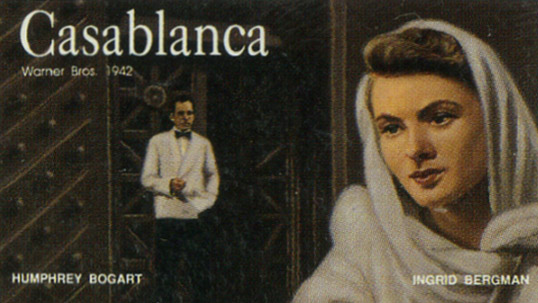
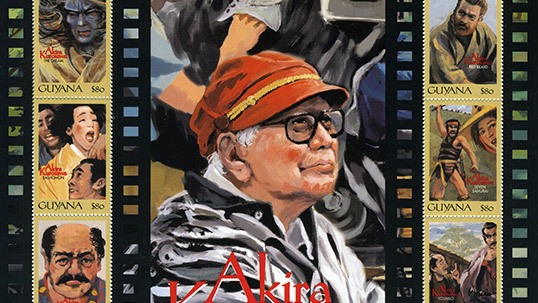
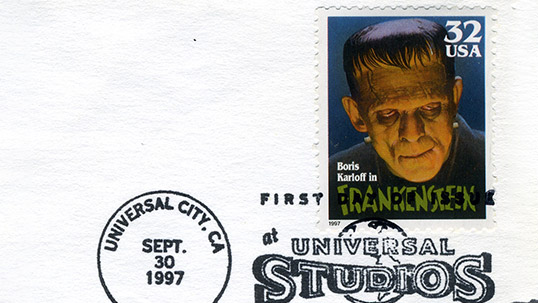
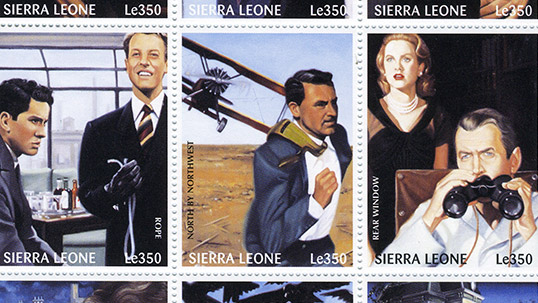
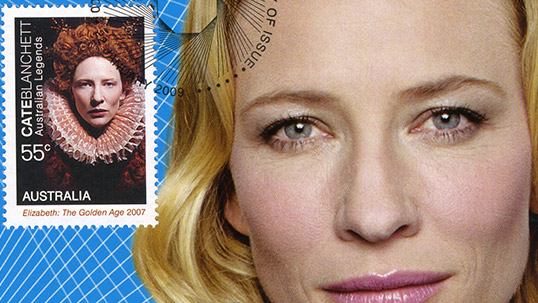
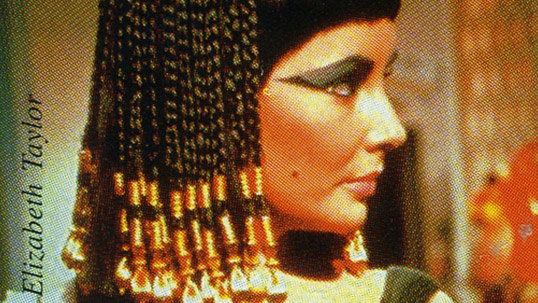
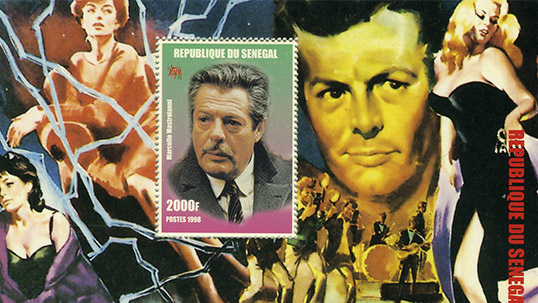
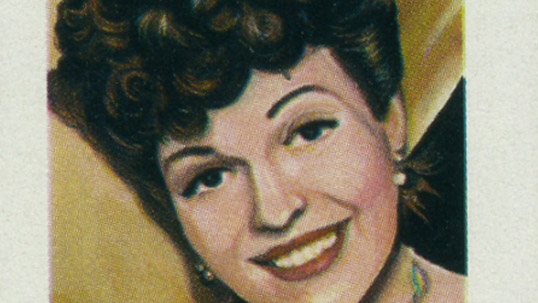

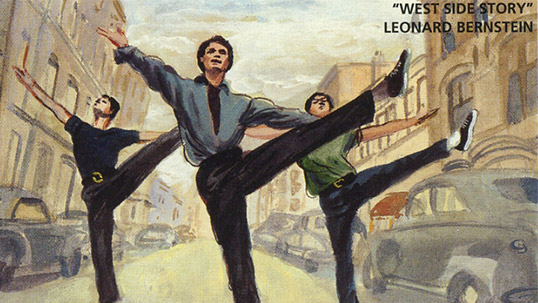
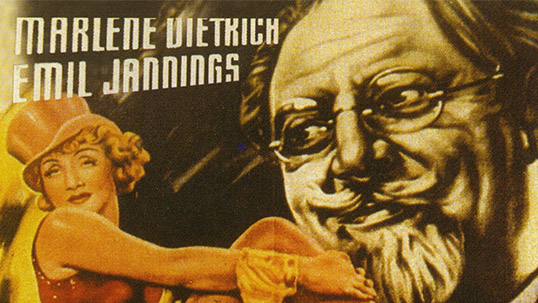
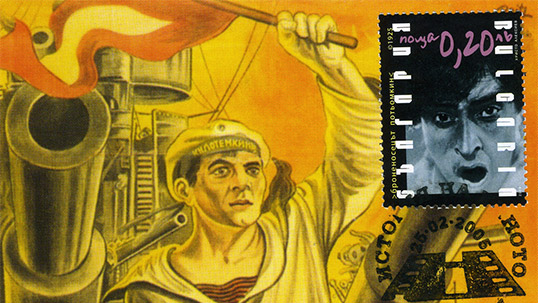
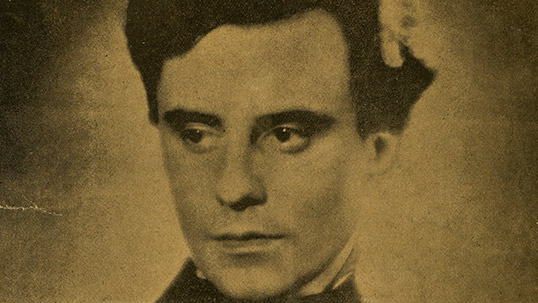
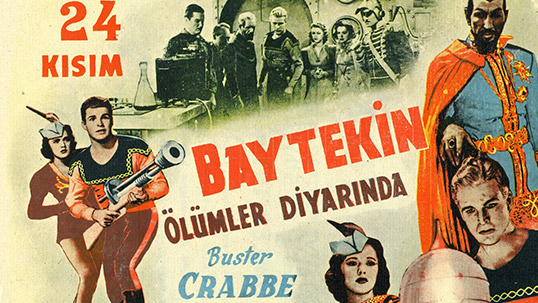
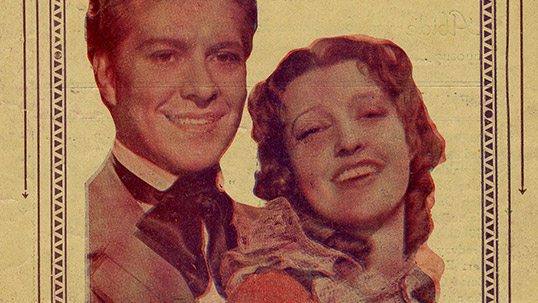
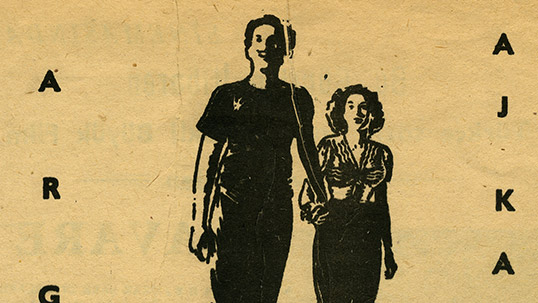
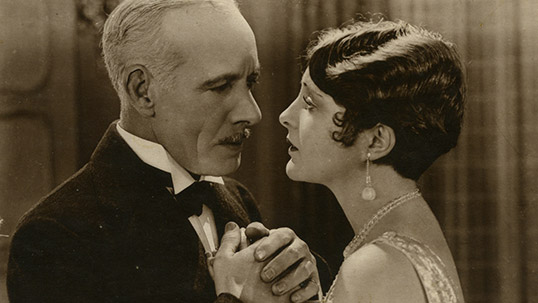
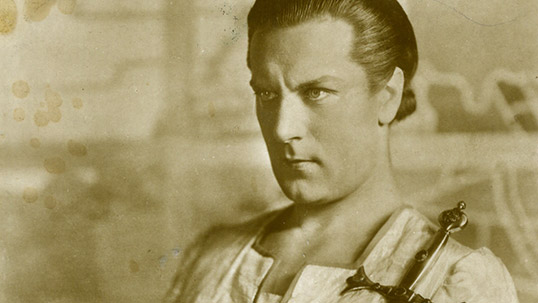
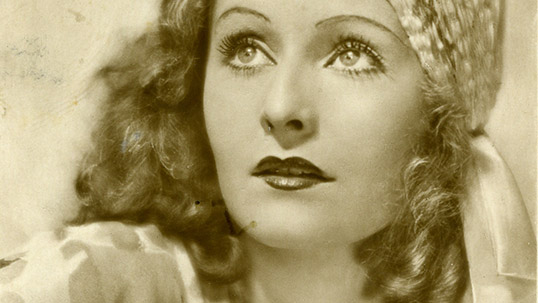
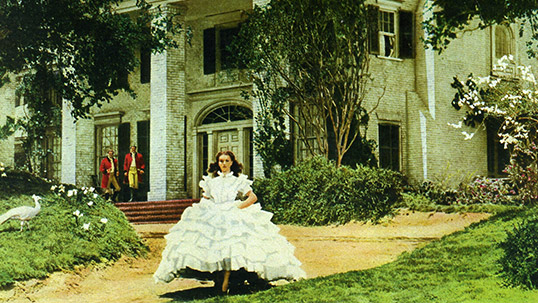
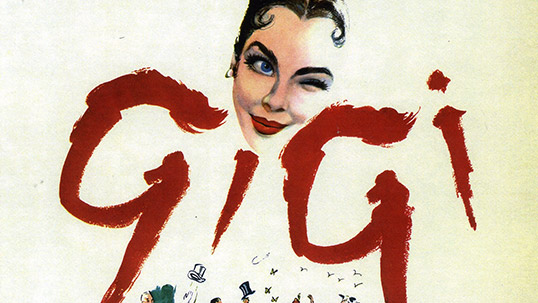
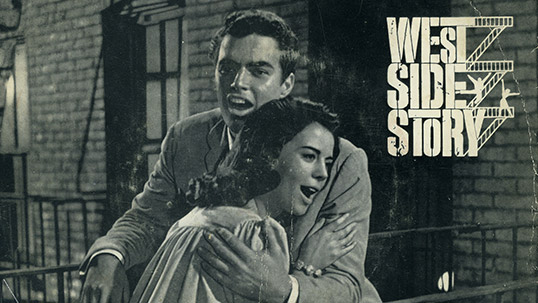
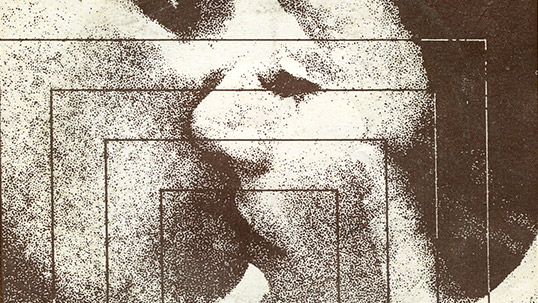
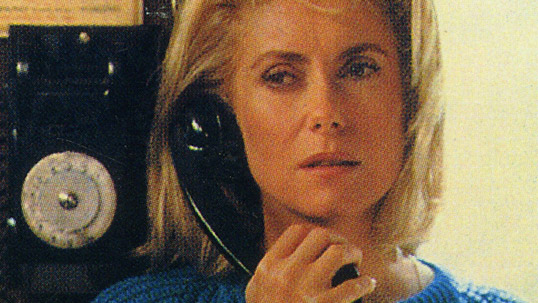
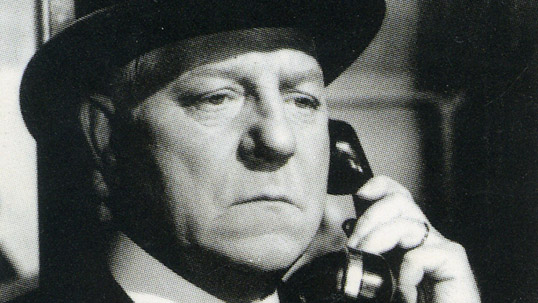
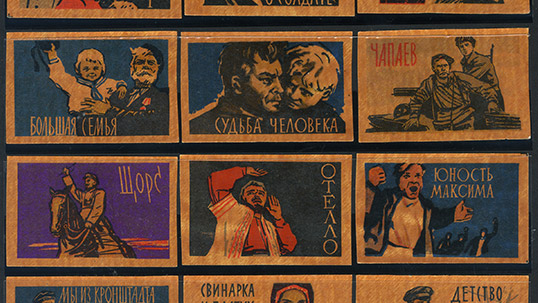




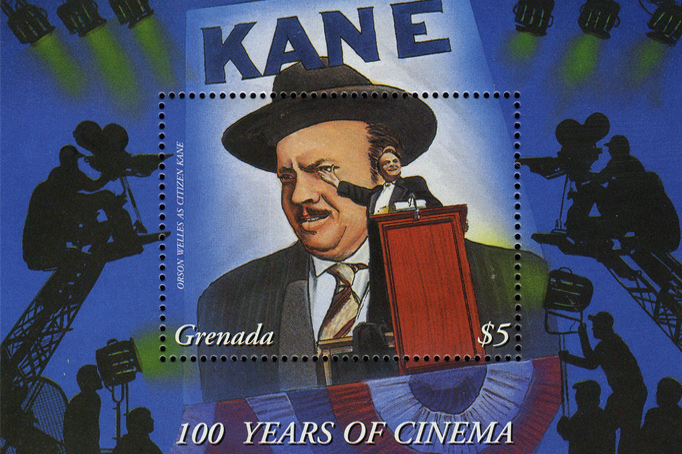
 UP
UP


